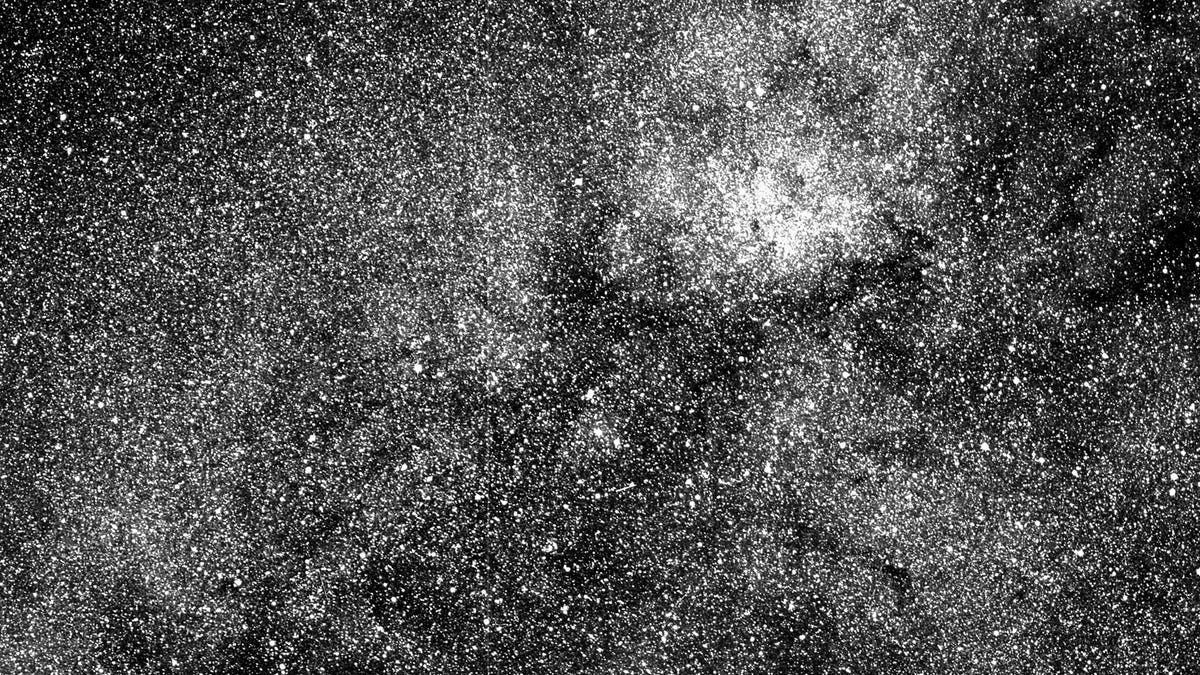New NASA planet hunter TESS shares first photo from space
The Transiting Exoplanet Survey Satellite gets all starry-eyed in its first shot.

This test image from one of the four cameras aboard the Transiting Exoplanet Survey Satellite (TESS) captures a swath of the southern sky along the plane of our galaxy.
NASA's newest tool in the search for exoplanets and perhaps even alien life beyond our solar system is booting up and getting ready for action. Almost exactly a month after launching from Florida aboard a SpaceX rocket, the Transiting Exoplanet Survey Satellite (TESS) snapped its first photo, showing over 200,000 stars in our galaxy.
The above image is just a two-second test exposure using one of the four cameras aboard TESS. NASA says we can expect to see the first "science-quality image" from TESS sometime in June.
The test shot was taken after the spacecraft made a successful lunar flyby on Thursday, using the moon's gravity for some assistance reaching its final working orbit, which is an odd elliptical path around our planet.
The test image is just a tiny section of the cosmos TESS plans to spy on. When everything is up and running, it'll be able to cover 400 times as much of the night sky as can be seen above.
Many scientists believe that somewhere in all that space are the first signs of life, waiting to be discovered. TESS will be used to add to the catalog of exoplanets that might be able to host life, and more powerful telescopes like the upcoming James Webb Space Telescope will be used to follow up and take a closer look.
Exciting times are coming. Stay tuned and keep watching the skies.

